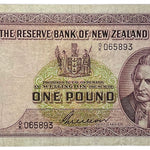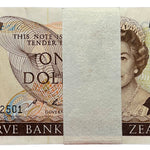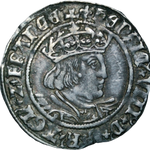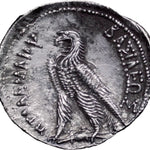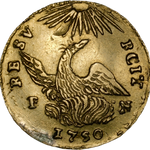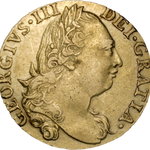You have no items in your shopping cart.
Certified by NGC as PF66 Cameo, this example of a 1935 Proof Waitangi Crown submitted through Aventine now holds the prestigious Top Population status, awarded only to the finest examples of its kind.


The Waitangi Crown is widely recognized as New Zealand's Most Iconic Coin, depicting the signing of the Treaty of Waitangi on February 6th 1840.
It features Ngāpuhi Māori chief Tāmati Wāka Nene and British Governor William Hobson clasping hands beneath a crown—along with the words "NEW ZEALAND CROWN 1935 WAITANGI". On the obverse, a portrait of King George V, inscribed with "GEORGE V KING EMPEROR".
468 proof specimens are officially recorded to be struck, with the silver used by the Royal Mint to produce these coins from Waihi, New Zealand.
Genuine Proof strikes of the 1935 Crown (Lee Die I) can be challenging to distinguish from Brilliant Uncirculated examples (Lee Die II) due to the majority of examples being dipped in silver polish over time to improve their visual appearance. This commonplace historical practice has considerably distorted known distinctions between the two strikes, furthered by differing recollections and historical accounts over time. An unpublished guide to the 1935 Waitangi Crowns by Lee we obtained seemingly presents perhaps the most definitive methodology for accurate classification known thus far.
NGC uses Cameo designations on qualified specimens displaying "contrast between the fields and devices on both sides. This is achieved when the surrounding fields are polished on the coining die to give them a brilliant finish. The design elements are either untouched or sandblasted to have a matte finish. As the dies are used repeatedly to strike coins, this effect can fade".

